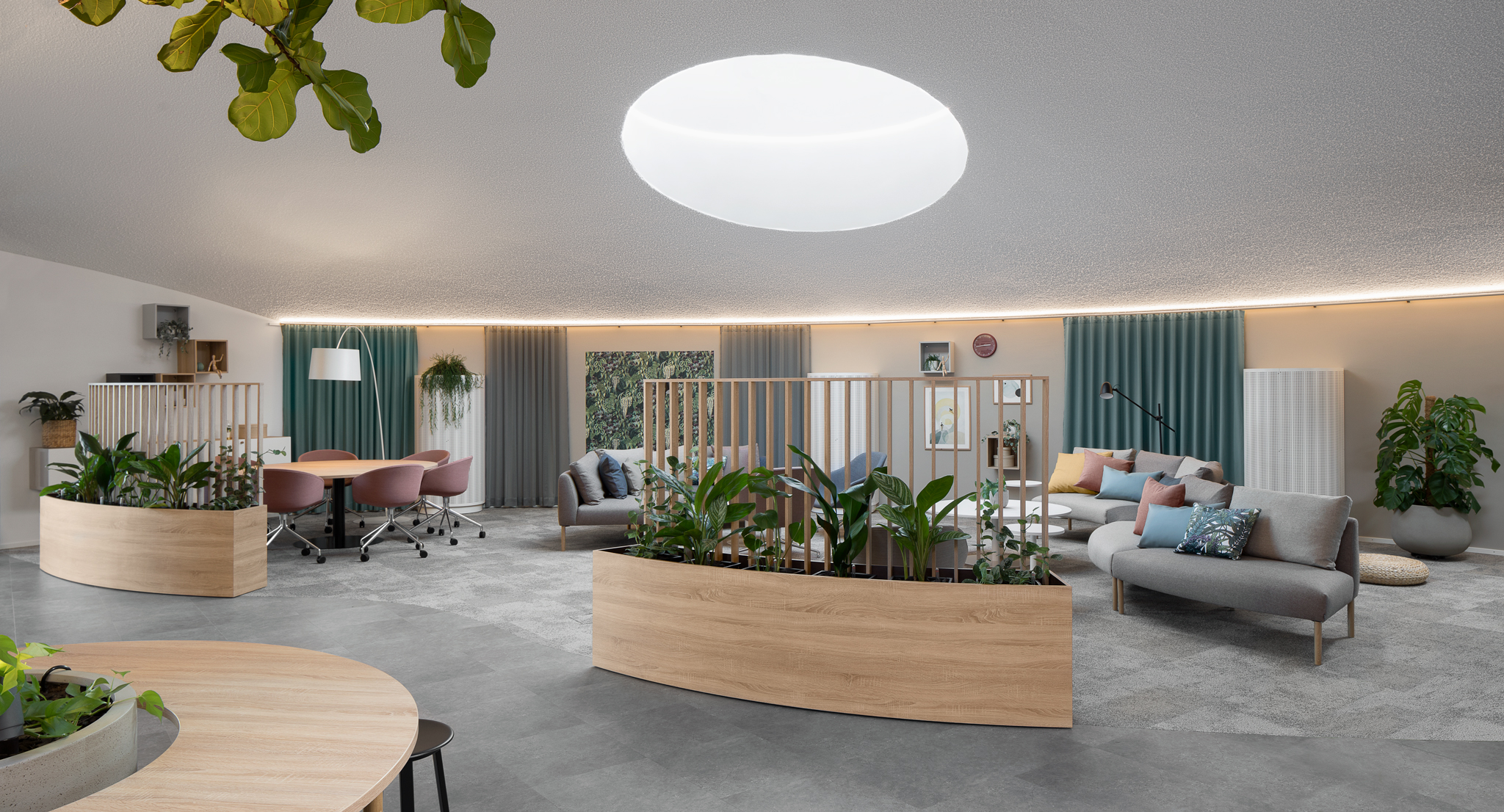Our website uses cookies. We analyze usage statistics collected based on them and they may be used for targeting advertising on other websites.
You can also reject the tracking and use of cookies. More information

The exceptional year 2020 has led many companies to think about their premises and their importance in a new way. Remote working and working hours spent at home have certainly made employees value common workspaces differently than before. But what are the things highlighted in the offices of the future? Our partner, co-founder of the design agency Scope Design, Eeva Mankinen, enlightened us with her visions about the business premises of the future.
The past year has taught us that it is very difficult to absolutely predict the future and the needs the future brings. For this reason, Mankinen highlights the importance of transformability when designing offices. One thing is certain, smart companies are currently thinking carefully about the importance of their business premises in general. Do our premises enable good business, or is there some feature in our premises that, at worst, even prevents it?
“It is worthwhile to see the new situation as an opportunity: now is a great time to take a moment to think about what is important to us in the offices, and how they can be made into functional entities in the long term,” Mankinen encourages.
In many companies, business premises are now being evaluated in a very practical way: how much space is needed, how to ensure adequate space and hygiene, and how to enable common idea sharing and discussion and, on the other hand, sufficient peace.
“A good design of the premises always starts with the customer. Together with the end user of the space, the design professional thinks about how the space will serve all the people using it and how it transforms, if necessary, to serve different functions and also adapts to the possible growth of the company.”
Mankinen says that many offices are now being designed to have, for example, market-like meeting points that must simultaneously serve those who are physically present as well as those who follow the event remotely. The placement and usability of AV technology is important, as is the placement of seating, for example. Good premises naturally gather and bring people together, as well as inspire interaction. In practice, this is done, for example, by building little spaces that are inviting and where people feel like gathering. Tasks that require concentration, in turn, need their own quiet areas that must also be inviting and inspiring.
“Without plants, a space is empty and soulless.”
When doing her design work, Mankinen takes greenery and plants into account from the beginning. She reminds us that a human is not designed to live in a concrete cube with mere hard surfaces, no matter how fancy an architectural masterpiece it may be. We constantly observe our environment and like to be close to nature, as it has both physiological and psychological benefits. People need soft elements around them, such as textiles and green plants, also in the workplace.
“Green plants should not be seen as a mere finishing touch to the premises, but as a part of a whole, in the same way as surface materials and lighting”, Mankinen summarizes.